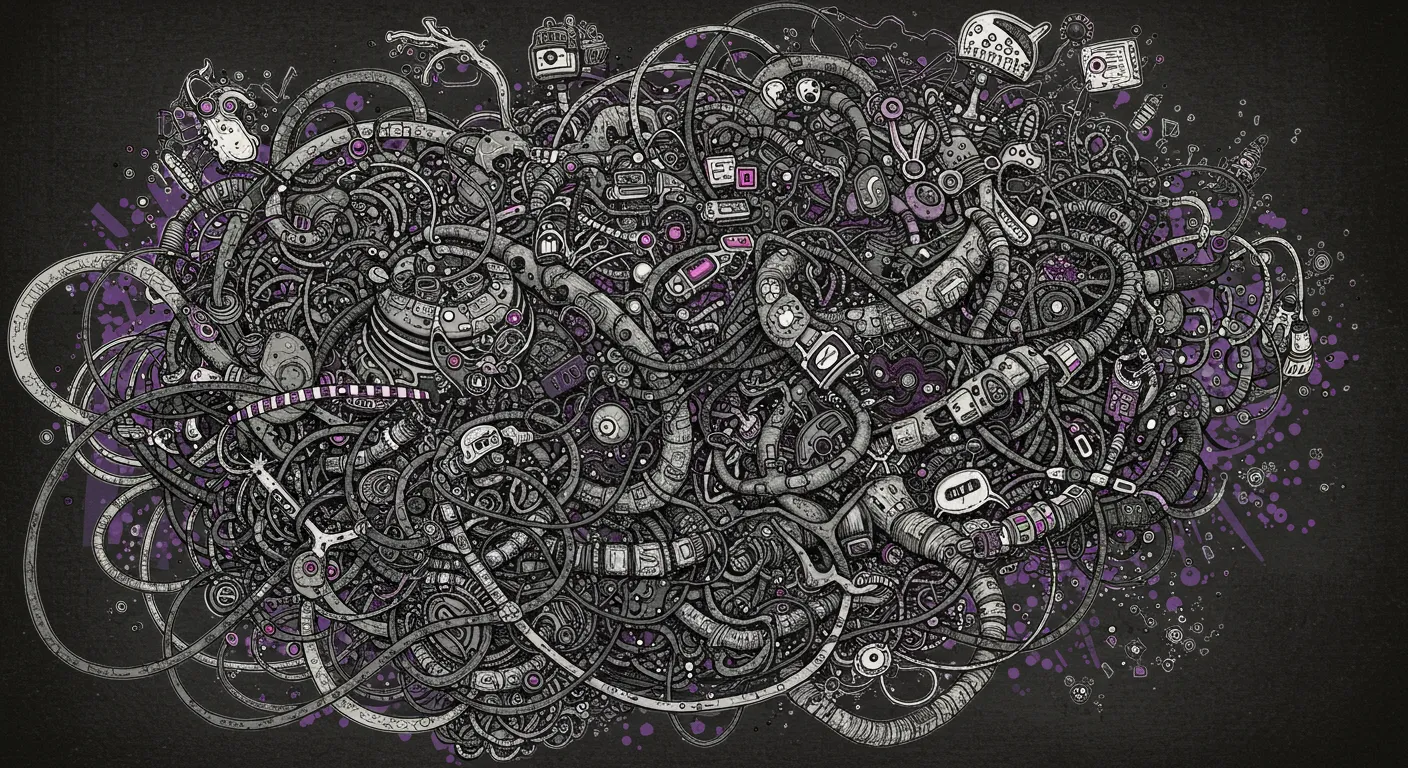In the world of digital photography, camera manufacturers have long guarded their proprietary image formats like closely held trade secrets. Each brand - from Canon to Sony to Fujifilm - creates its own unique "RAW" file format, making digital photo processing a complex technological maze.
The primary reasons behind these disparate formats are surprisingly nuanced. Camera companies argue that their proprietary formats allow for specialized image processing, preserving unique "color science" and enabling experimental features that might not fit into a standardized format. Online commentators suggest these formats are less about technical necessity and more about maintaining competitive advantages.
Technically, these RAW formats are more than just image containers. They include intricate metadata about sensor characteristics, lens corrections, and initial image processing steps. While an open standard like Adobe's DNG exists, manufacturers seem reluctant to adopt it, preferring to maintain control over how their images are initially interpreted.
Interestingly, some smaller manufacturers like Pentax have embraced the DNG format, showing it's not impossible to standardize. However, most major camera brands continue to develop their own formats, creating ongoing challenges for software developers and photographers who must navigate this fragmented landscape.
The result is a photography ecosystem where compatibility remains an ongoing challenge, with each camera speaking its own unique image language - despite calls from users and developers for a more unified approach.


